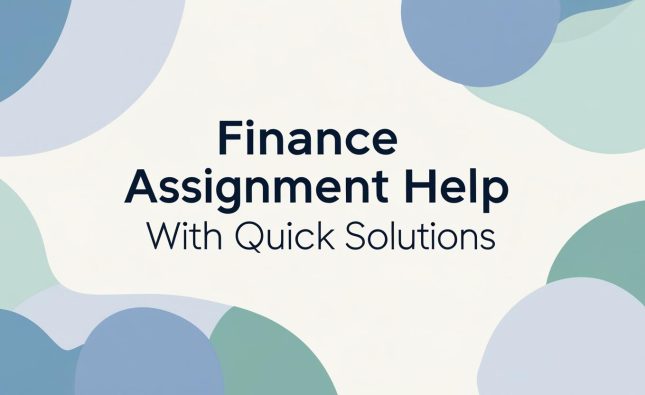
As the world continues to grapple with the environmental and social challenges of our time, sustainable investing has emerged as a powerful tool for individuals and institutions seeking to align their financial goals with their values. With increasing demand for investments that promote sustainability, the field of sustainable investing is rapidly evolving and expanding. Here’s a comprehensive guide to the future of sustainable investing.
Sustainable investing refers to the practice of investing in companies or assets that prioritize environmental, social, and governance (ESG) factors in their operations. The goal of sustainable investing is to generate financial returns while also creating positive social and environmental outcomes. ESG factors can include things like carbon emissions, labor practices, and board diversity.
One of the key trends in sustainable investing is the growing use of data and technology to analyze ESG factors. As more data becomes available, investors are able to more accurately assess the sustainability of companies and assets. This has led to the development of a range of tools and methodologies for measuring and analyzing ESG factors.
Another trend is the integration of sustainable investing into mainstream financial markets. As sustainable investing has become more popular, more investors are demanding sustainable investment options. This has led to the development of sustainable indices, sustainable mutual funds and exchange-traded funds (ETFs), and sustainable investment products.
In addition to these trends, sustainable investing is also being shaped by broader social and political trends. For example, the global push to combat climate change is driving demand for investments in renewable energy and other low-carbon technologies. The growing awareness of social justice issues is leading to increased attention to investments that prioritize diversity, equity, and inclusion.
While sustainable investing has many benefits, it also faces challenges. One challenge is the lack of standardization in ESG data and analysis. Without consistent data and metrics, it can be difficult for investors to accurately compare the sustainability of different investments. Another challenge is the risk of “greenwashing,” or companies making false or misleading claims about their sustainability practices.
To overcome these challenges, sustainable investing will need to continue to evolve and adapt. This will require ongoing collaboration between investors, companies, policymakers, and other stakeholders. By working together, we can create a more sustainable and equitable financial system that benefits everyone.










